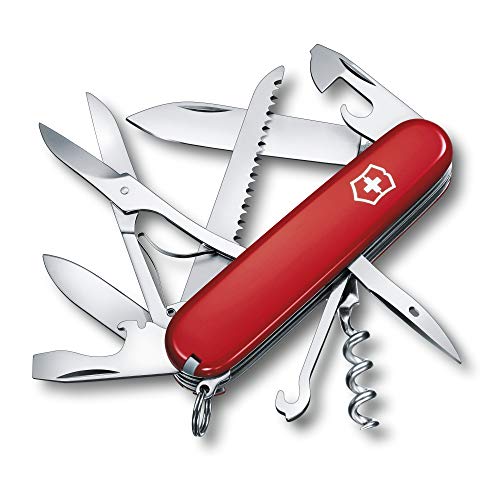Keep the blades clean and dry
One of the most important steps in preserving the blades of a Swiss knife is to keep them clean and dry. After using your knife, make sure to remove any dirt, debris, or moisture from the blades. You can use a soft cloth or tissue to wipe the blades and ensure they are free from any residue. This helps to prevent rusting and corrosion, which can damage the blades over time.
Lubricate the blades regularly
Another way to preserve the blades of your Swiss knife is to lubricate them regularly. When the blades are well-lubricated, it helps to reduce friction and wear, ensuring smooth and easy operation. You can use a small amount of oil or lubricant specifically designed for knives and apply it to the blades. Be sure to follow the manufacturer’s instructions for the proper lubrication technique and frequency.
Store the knife in a dry and secure place
Proper storage is key to preserving the blades of a Swiss knife. It is important to store the knife in a dry and secure place to prevent exposure to moisture, humidity, and other damaging elements. Consider using a knife pouch, sheath, or a dedicated knife storage box to protect the blades from any potential damage. Make sure the storage area is well-ventilated to prevent the build-up of moisture, which can lead to rust and corrosion.
Avoid using the knife for tasks it’s not designed for
To preserve the blades of your Swiss knife, it is crucial to use it for its intended purpose and avoid using it for tasks it’s not designed for. Swiss knives are versatile tools, but they have specific functions and limitations. Using the knife for tasks such as prying, screwdriving, or cutting hard materials can put excessive stress on the blades and cause them to bend or chip. Always choose the right tool for the job to prevent unnecessary damage to the knife.
Regularly inspect the blades for any damage
To ensure the long-term preservation of your Swiss knife blades, it is important to regularly inspect them for any signs of damage. Check for any chips, cracks, or dullness in the blades. If you notice any issues, it is best to address them promptly. Depending on the extent of the damage, you may need to sharpen the blades or seek professional assistance for repairs. Regular inspections help to maintain the optimal functionality and longevity of your Swiss knife.






